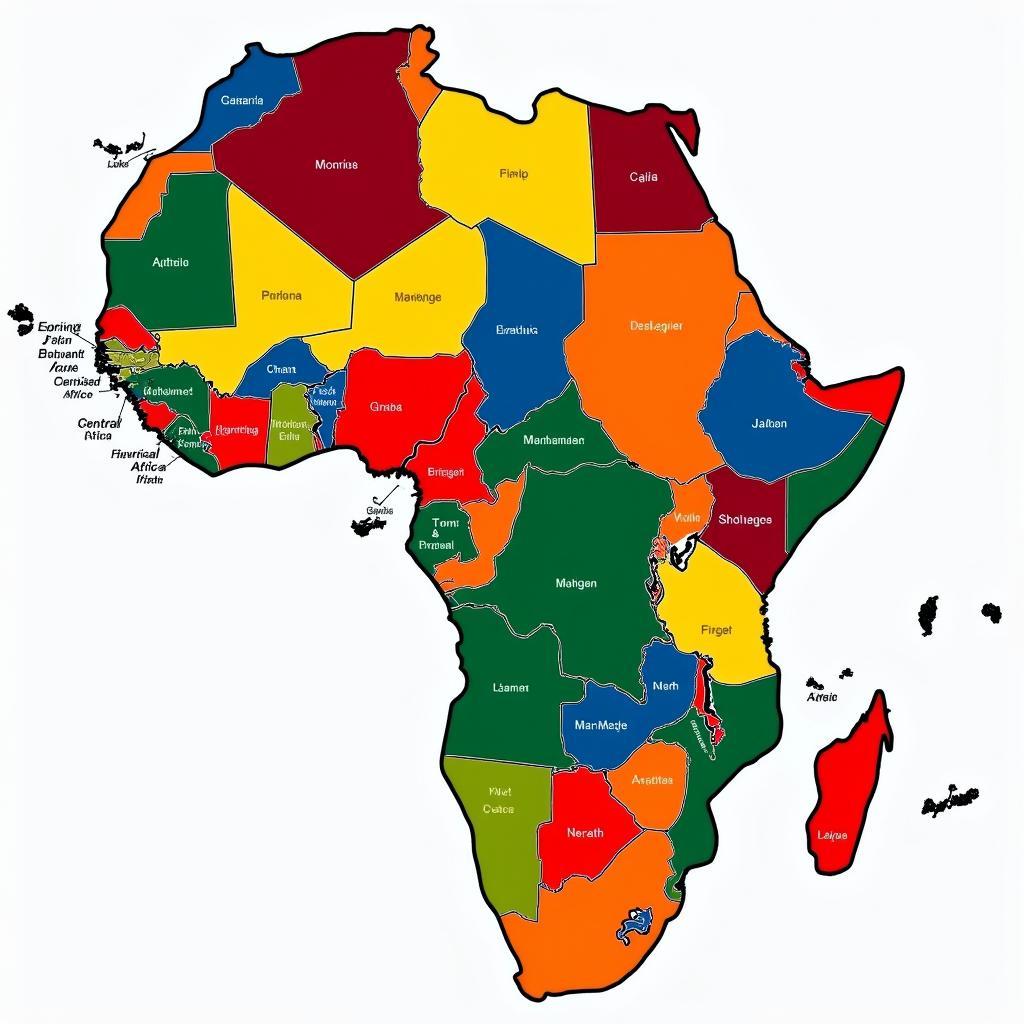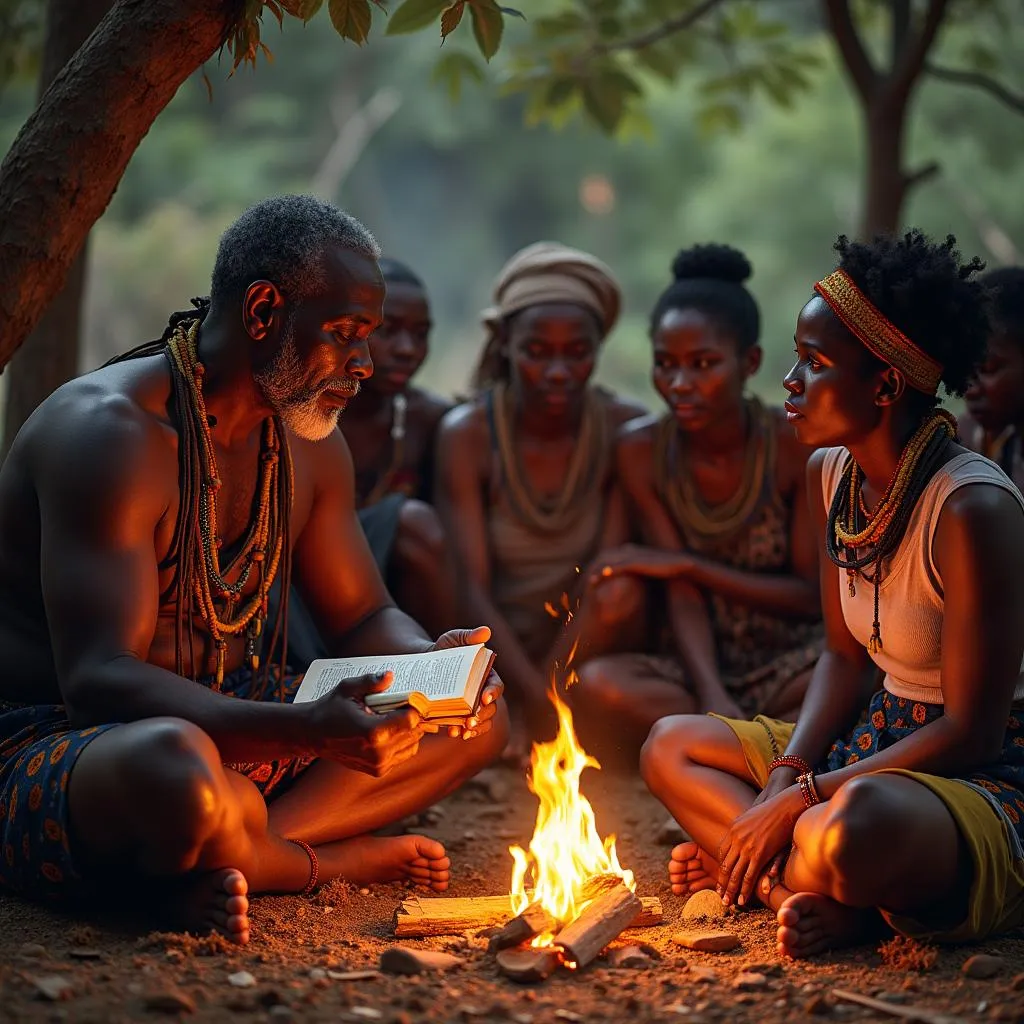The Majestic African Drinking Horn: History, Craftsmanship, and Cultural Significance
The African Drinking Horn, a vessel steeped in tradition and symbolism, represents more than just a container for liquids. It embodies a rich history, intricate craftsmanship, and deep cultural significance across various African communities. From ceremonial rituals to everyday life, these horns have played a vital role for centuries, showcasing the artistry and cultural values of the continent. Let’s delve into the fascinating world of the African drinking horn and explore its multifaceted aspects.
African antelopes are a key source of these magnificent horns. These handcrafted vessels, often adorned with intricate carvings and embellishments, hold a special place in many African cultures, signifying status, wealth, and connection to ancestral spirits. The making of an African drinking horn is a meticulous process, passed down through generations of skilled artisans.
Crafting a Legacy: The Making of an African Drinking Horn
The creation of an African drinking horn is an art form in itself. It begins with carefully selecting a suitable horn, often from a kudu, oryx, or other African antelopes list. The horn is then cleaned, shaped, and polished to a smooth finish. Artisans may use various techniques, including carving, pyrography, and beadwork, to decorate the horn with intricate patterns and symbolic designs, reflecting the unique traditions of their tribe or community.
Beyond Utility: The Cultural Significance of the Drinking Horn
The African drinking horn transcends its practical function as a drinking vessel. In many cultures, it serves as a symbol of status, wealth, and power. Chiefs and elders often possess elaborate drinking horns, showcasing their social standing and authority. The horns are also used in ceremonies and rituals, such as weddings, initiations, and celebrations of harvest, connecting the community to their ancestors and spiritual beliefs. Moreover, some communities believe the horn possesses medicinal properties, using it to store and consume traditional remedies.
What is the cultural significance of the African drinking horn? It’s a symbol of status, wealth, power, and connection to ancestral spirits, often used in ceremonies and rituals.
Preserving Tradition: The African Drinking Horn in the Modern Era
Despite the influx of modern drinking vessels, the African drinking horn continues to hold a significant place in many communities. It remains a cherished symbol of cultural identity and heritage, passed down through generations. While some horns are still used in traditional ceremonies and practices, others have become sought-after collectibles and decorative items, appreciated for their artistic beauty and historical significance. This continued interest helps preserve the ancient craft of horn carving and ensures the legacy of the African drinking horn lives on. You can even find mentions of these majestic creatures among other fascinating African animals ks1.
How is the tradition of the African drinking horn being preserved today? It continues to be used in ceremonies, passed down through families, and appreciated as collectible art, ensuring the craft and its legacy live on.
Expert Insights
Dr. Anika Nkosi, a renowned anthropologist specializing in African cultural heritage, emphasizes the importance of the drinking horn, stating, “The African drinking horn is not just an object; it’s a narrative, a tangible link to the past, whispering stories of ancestry, tradition, and the intricate relationship between humans and nature.”
Similarly, Master Craftsman Jabari Olufemi, a fifth-generation horn carver, highlights the artistic dimension, saying, “Each horn tells a story, carved with the hands and heart of the artisan, reflecting the spirit of our ancestors and the beauty of our land.”
Conclusion
The African drinking horn, a testament to the continent’s rich cultural tapestry, stands as a symbol of tradition, artistry, and spiritual connection. From its practical uses to its ceremonial significance, the drinking horn embodies the history, craftsmanship, and enduring legacy of African cultures. By understanding and appreciating the significance of this iconic object, we gain a deeper insight into the heart and soul of Africa. The springbok, a type of African deer springbok, is another example of the diverse fauna found on the continent.
FAQ
- What animals are African drinking horns typically made from? Commonly, kudu, oryx, and other antelope horns are used.
- How are African drinking horns decorated? Carving, pyrography, beadwork, and other techniques are used to create intricate designs.
- What is the significance of the drinking horn in African culture? It symbolizes status, wealth, and is used in ceremonies, connecting people to their ancestry.
- Are African drinking horns still used today? Yes, both in traditional ceremonies and as decorative art pieces.
- Where can I learn more about African antelopes? You can explore websites dedicated to African antelope 3 letters or African antelope 4 letters.
Common Scenarios and Questions
- Scenario: Someone is looking for a unique and authentic African gift. Question: Where can I purchase a genuine African drinking horn?
- Scenario: A student is researching African art and culture. Question: What are the different styles and symbolism found in African drinking horn carvings?
- Scenario: A traveler is planning a trip to Africa. Question: Where can I see African drinking horns being used in traditional ceremonies?
Further Exploration
For more information on related topics, you can explore articles on African wildlife and cultural practices.
When in need of assistance, feel free to contact us via Phone: +255768904061, Email: kaka.mag@gmail.com or visit us at: Mbarali DC Mawindi, Kangaga, Tanzania. We have a 24/7 customer support team.


